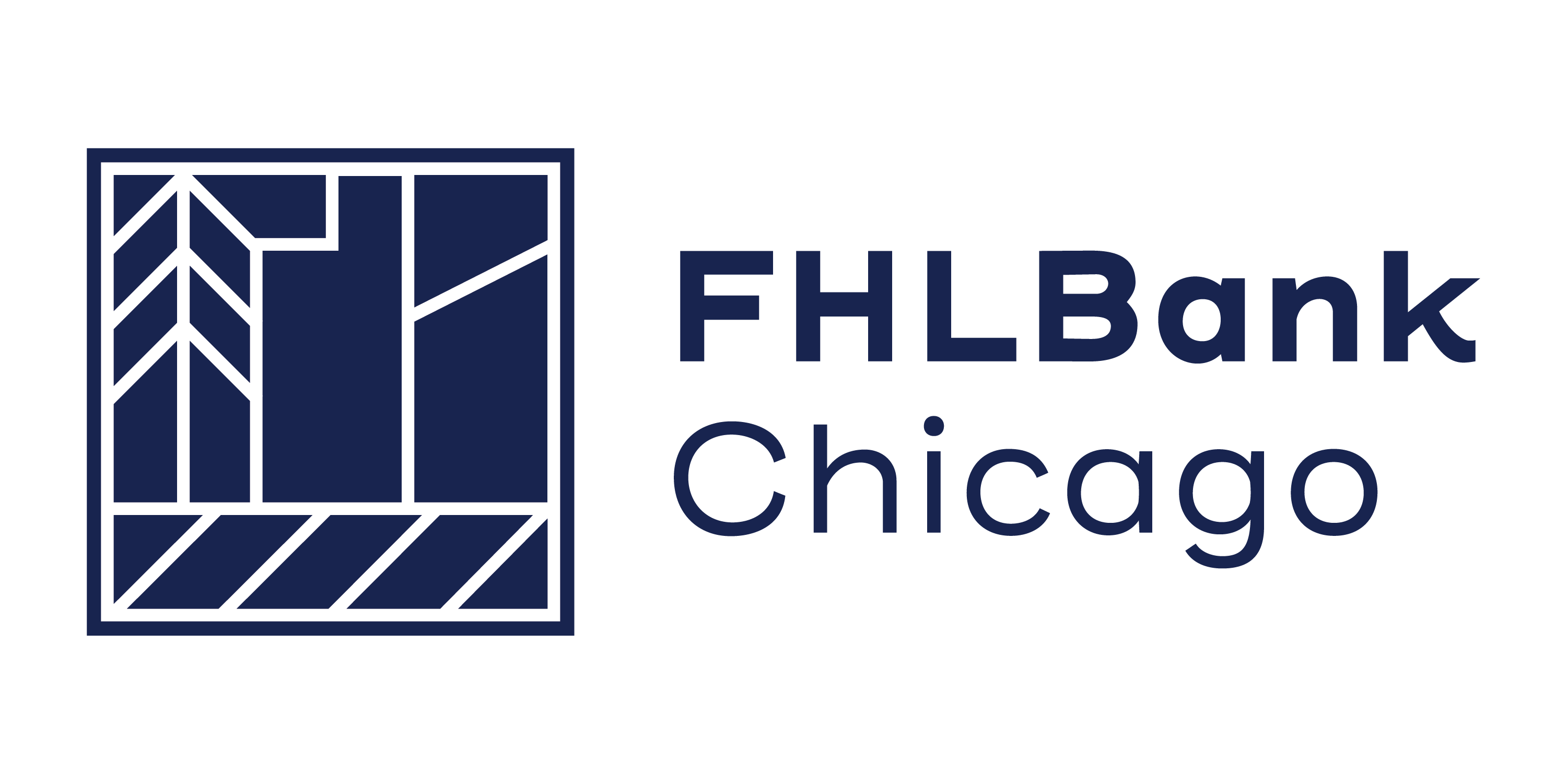Relative Value: Entering the Heart of Flatness - Q1 2019
In early October 2018, the U.S. economy was showing strong growth momentum and stock market indices were sitting at or near all-time highs. Prices of Fed funds futures contracts at that time indicated that investors expected the Federal Open Market Committee (FOMC) would raise rates three more times by the end of 2019.
Now, just over three months later, investors expect that the FOMC will refrain from raising rates further and that there is a rising possibility of a rate cut by 25 basis points in 2020. And, although bond and stock markets in January reversed some of the fourth-quarter collapse and payrolls have remained strong, the Fed has taken a more “dovish” tone and investors remain nervous and risk-adverse. Despite signs of America’s economy seemingly doing well, markets are currently more attuned to the downside risks. This pushed longer-term yields lower during the second half of 2018 and left the yield curve particularly flat, with some areas in the short-end even inverting for periods of time.
The question many of our members have is: What happens from here? With the heightened uncertainty around whether rates and the curve will move up, remain flat, or flatten further into an inversion, our members should be prepared with multiple strategies for these various scenarios.
What if the Curve Remains Flat for an Extended Period?
A flat yield curve does not necessarily lead immediately to an inverted curve. For example, there was a prolonged period in the late 1990s with a very flat curve and a continuously strong economy. In this scenario, financial institutions should be preparing to mitigate margin compression while still being able to provide their customers with the loan products they need.
With rising volatility and the flatness of the curve, putable advance rates have moved well below the level of fixed rate advance funding. The putable advance is a non amortizing, fixed rate advance with a lockout period. Following the lockout period, the FHLBank Chicago owns the option to terminate the advance on a scheduled date. By selling an option to the FHLBank Chicago, members can borrow at lower rates than typically available through regular fixed rate advances or other borrowing measures, helping to mitigate net interest margin (NIM) compression. Members can thus lock in below-market rates for longer-term funding, extend the duration of liabilities, reduce liability sensitivity, and match-fund loans or investments with an increased spread. Putable advances with options out to 2 years continue to look attractive and can help further reduce your cost of funding. There are risks associated with options. If the FHLBank Chicago does not terminate the advance because rates do not rise enough, then your institution will hold the advance for the full term. Alternatively, if rates do rise, the FHLBank Chicago will be likely to exercise its put option. Short-term putables such as the 3-year, no-put, 6-month will reduce your duration risk, but you should carefully consider the risk profile of putables relative to your funding needs.
While the Treasury curve has been flattening, swap spreads (the difference between the swap rate and the Treasury rate for the same term) have begun to tighten after several years of widening. Members can benefit from these tightening longterm swap spreads by utilizing a swap-plus-rolling advance strategy. Under this strategy, a member takes out a three-month advance from the FHLBank Chicago and also enters into a pay-fixed swap with a broker-dealer or the FHLBank Chicago. At the end of each three-month period, the member rolls the advance into another three-month funding. This strategy can help members lower funding costs by getting near (or even below) swap-rate funding, since they are using three-month rates for funding, rather than longer terms and higher rates.
While this strategy is popular with our members, it does involve setting up and using swap lines as well as hedge accounting. For members who would like similar benefits without these requirements, the FHLBank Chicago’s Fixed Rate Advance with Floating Spread (A126) is a single product that functions similarly to the swap-and-advance strategy and, as no swap is involved, we believe that it does not require hedge accounting.

What if the Curve Begins to Steepen Again?
There is the possibility that current market fears reflect excessive pessimism and economic fundamentals will remain strong. A continued tightness in the labor market, coupled with a strong and confident consumer, will eventually lead to accelerating inflation, causing longer-term yields to move higher. If you think that the yield curve will widen out, take advantage of the flatness of the curve and low long-term rates with our most popular and basic advance, the Fixed Rate, Fixed Term Advance, to quickly and easily lock in today’s funding costs for the long term with a stated maturity—just like your institution’s CDs. If you are concerned with rising rates and want to reduce interest-rate risk, taking out a Fixed Rate, Fixed Term Advance is a simple and easy way to manage your balance sheet and secure additional funding. Use fixed rate advances to hedge fixed rate assets or loans and provide your institution longer-term funding than is typically available in the retail market. The table below shows an example of how a 5-year Fixed Rate, Fixed Term Advance reacts in various parallel rate-shock environments.
Two of our most popular additional features for Fixed Rate, Fixed Term Advances are also beneficial if you believe the curve will steepen. The symmetrical prepayment feature, available for all Fixed Rate, Fixed Term and Amortizing Advances, offers a unique structure that allows a borrower to prepay the advance—and realize a gain—if interest rates rise to levels greater than when the advance was originated. In a rising-rate environment, the gain from prepayment can be used to offset the loss on sale of securities or other assets.
Additionally, the forward-starting feature is also available for all Fixed Rate, Fixed Term and Amortizing Advances. When the yield curve flattens, the cost of taking out a forward-starting advance is reduced. This feature allows you to take advantage of the flat curve and lock in low rates now, with the expectation that you will need the funding in the future. If you expect both funding needs and interest rates to rise in the future, the forward-starting advance option could be greatly beneficial to your balance sheet.
What if the Curve Inverts?
If you expect the yield curve to invert, then you can expect short-term rates to be higher than long-term rates in the near term, but also anticipate that the Fed will cut rates and short-term rates will fall in the medium term. The best strategy in this scenario is to start with a barbell funding strategy before moving to short-term funding as the medium-term funding matures. Consider a blend of overnight advances, deposits, and/or LIBOR Floater Advances, coupled with 1-year or 2-year Fixed Rate, Fixed Term Advances. In this way you can take advantage of the current lower rates in the belly of the curve and avoid rising or high short-term funding, all while taking on minimal duration if you expect rates to fall shortly. One additional benefit of this strategy is that when short-term rates fall, the FHLBank Chicago’s funding costs generally fall with a very high beta to the market. This means that funding with short-term advances can improve your NIM at a faster pace than lower-beta brokered CDs (or even your own retail CDs) in a falling-rate environment.
Conclusion
While any of these strategies are good funding choices in the current environment, a relative value analysis will show that the optimal funding strategy depends not only on the environment, but also on the desired term of the funding. The efficient frontier shown below is an easy way to conceptualize the relative value framework and determine which advance product is right for you.
Examining various strategies in an uncertain interest-rate environment should be part of a comprehensive and well-documented funding strategy aimed at NIM preservation, sound liquidity management, and interest-rate risk. A mix of FHLBank Chicago advances and core deposits provides our members with additional flexibility to implement a well-balanced strategy that optimizes funding portfolios.
To Learn More
Contact your Sales Director at membership@fhlbc.com to find out more about the products, strategies, and tools you can use to develop competitive lending solutions for your community and customers.Contributors

James Hotchkiss
Director, Member Strategy and Solutions

Ashish Tripathy
Managing Director, Member Strategy and Solutions
Disclaimer
The scenarios in this paper were prepared without any consideration of your institution’s balance sheet composition, hedging strategies, or financial assumptions and plans, any of which may affect the relevance of these scenarios to your own analysis. The Federal Home Loan Bank of Chicago makes no representations or warranties about the accuracy or suitability of any information in this paper. This paper is not intended to constitute legal, accounting, investment, or financial advice or the rendering of legal, accounting, consulting, or other professional services of any kind. You should consult with your accountants, counsel, financial representatives, consultants, and/or other advisors regarding the extent these scenarios may be useful to you and with respect to any legal, tax, business, and/or financial matters or questions.Federal Home Loan Bank of Chicago | Member owned. Member focused. | February 2019

